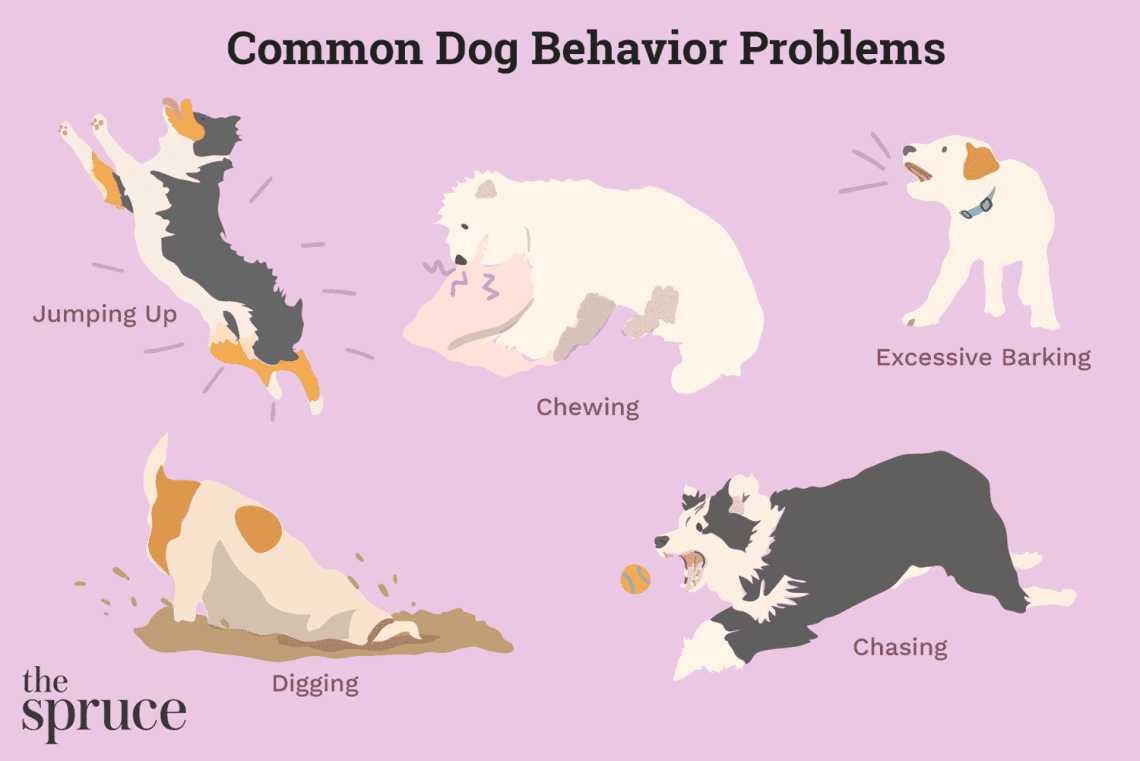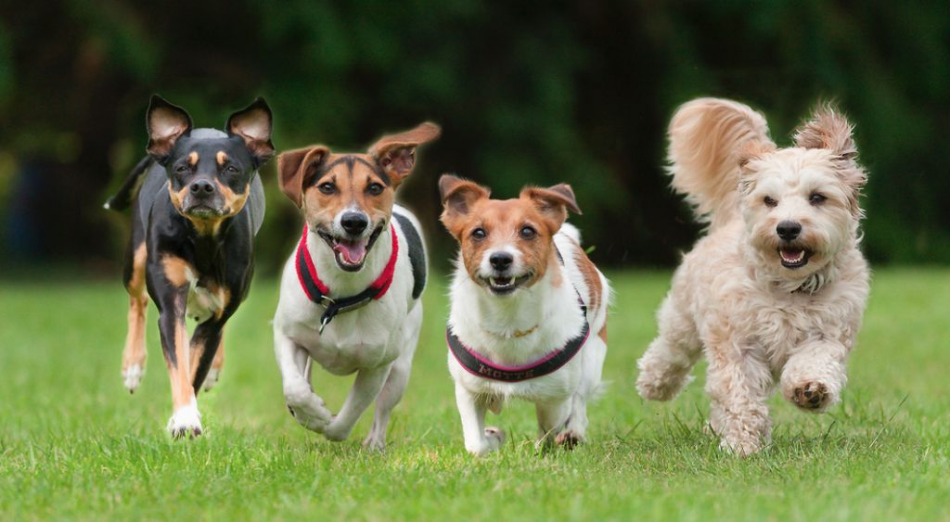
د سپي ستونزمن چلند
Often owners say that the dog is “well” or “badly” behaving. I mean, of course, by this compliance (or non-compliance) with one’s aspirations and expectations. But what actually influences the behavior of the dog, causing it to behave in one way or another?
In the photo: one of the manifestations of the dog’s problematic behavior is damage to shoes
کړی
Causes of Problematic Dog Behavior
A number of factors influence a dog’s behavior.
- Congenital. “That’s how she was born,” people sigh in this case, implying that neither we nor the dog can do anything. Congenital features are either there or they are not.
- Predisposition. Much more often than congenital features, there is a predisposition. Predisposition means that under certain conditions one or another behavior of the dog will develop, but if there are no such conditions, then the corresponding behavior will not manifest itself.
- Epigenetics – genes that are expressed under certain conditions. Take, for example, the issue of obesity. When a person, for example, experiences hunger, certain genes associated with metabolism “wake up” in him (you need to accumulate everything that enters the body, because hunger is coming). These genes work at the level of 2-3 generations. And if the next generations don’t starve, those genes go to sleep again. If a dog is under extreme stress, its body starts to work differently, and these changes are passed on to the next 1-2 generations.
- Socialization. Socialization is a specific period in a dog’s life when its brain is particularly sensitive to stimulation and learning. During this period, the puppy is faster than an adult dog, mastering what will be useful to him in the future. In socialization there are differences between breeds, but these differences are quantitative. For example, in a Basenji, the period of socialization is shifted to an earlier date, while in a Labrador, on the contrary, it is extended.
- Experience (what the dog has learned).
- منفي تجربه.
- Involuntary learning.
- Insufficient training.
- Distress is “bad” stress, that is, it is associated with strong negative emotions and has a harmful effect on health. This is what changes the physiological state and sensations of the dog. For example, normally the dog did not show cowardice or aggression, but in a state of distress, he becomes irritable, and similar problems appear.




Does dog behavior depend on breed?
If we talk about breed differences, then, as a rule, a person, starting a dog of a certain breed, creates certain conditions for it. Of course, each case is different, but if you take a large number of dogs of the same breed, their experience will usually be similar.
In addition, when a person gets, for example, a Central Asian Shepherd Dog or a Husky, he has some expectations from the breed. This means that conditions are created for the manifestation of this or that behavior, because expectations affect how the owner brings up the pet.
Therefore, it is extremely difficult for scientists to determine what is innate in a dog (and breed) in behavior, and what is due to experience.
Researchers Scott and Fuller conducted a behavioral study of 250 dogs of 5 breeds (Basenji, Beagles, American Cocker Spaniels, Shelties and Wire Fox Terriers) and found that they all displayed the same behaviors. The differences are more quantitative than qualitative. The difference was only in the age when this behavior occurs, and in how often this or that element of behavior is manifested. But there are differences within the same breed.
So theoretically, by providing the right stimulation at the right time, one can strengthen or weaken the breed characteristics and adjust the behavior of dogs of one breed to the behavior of another and, for example, a terrier will behave almost like a shepherd dog. The question is how much effort and time will have to be spent and whether your efforts will fall into the right stage of development of the dog.




In the photo: dogs of different breeds can behave the same way
Correction of problem dog behavior
In order to competently carry out the correction of the problematic behavior of dogs, you need to understand what we can influence in the problematic behavior of the dog and how.
- Congenital. Firstly, there are not so many innate features of behavior, and sometimes they can be compensated to a certain extent. For example, pronounced cowardice in dogs is inherited, but if you work with such a dog (socialize, reduce the level of arousal, etc.), then this feature can be masked to some extent. And with the help of competent selection (not letting dogs with behavioral problems into breeding), you can achieve changes at the breed level.
- Predisposition. There are more opportunities to influence the problem behavior of the dog. You can eliminate what is a trigger, that is, triggers a certain behavior, change the dog’s living conditions or prescribe treatment.
- Epigenetics. At this level, you can follow what generations of dogs get experience, and this is a question for breeders.
- Socialization. Here, a lot depends on the person (both the breeder and the owner). It is necessary to provide the puppy with the right experience at the right time. However, you need to clearly understand what you want from the dog. For example, very intensive socialization can make a dog more active – is it necessary for future owners?
- Learned (experience). At this level, without a doubt, everything in the correction of problematic dog behavior depends on people – both on what conditions the dog is provided, and on what and how it is taught. It is important to choose the right method of working with a dog. Any animal learns more effectively from positive reinforcement (that is, from what allows you to get what you want), and not from what you need to avoid (punishment). Changing teaching methods makes it possible to train even those animals that were previously considered untrainable (for example, fish).
- Distress. Here, in order to correct the problematic behavior of the dog, again, the living conditions of the dog and the training methods that you use are important.







